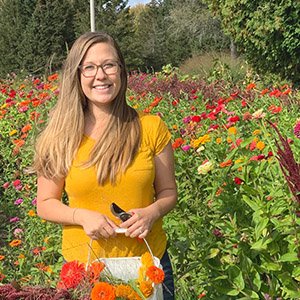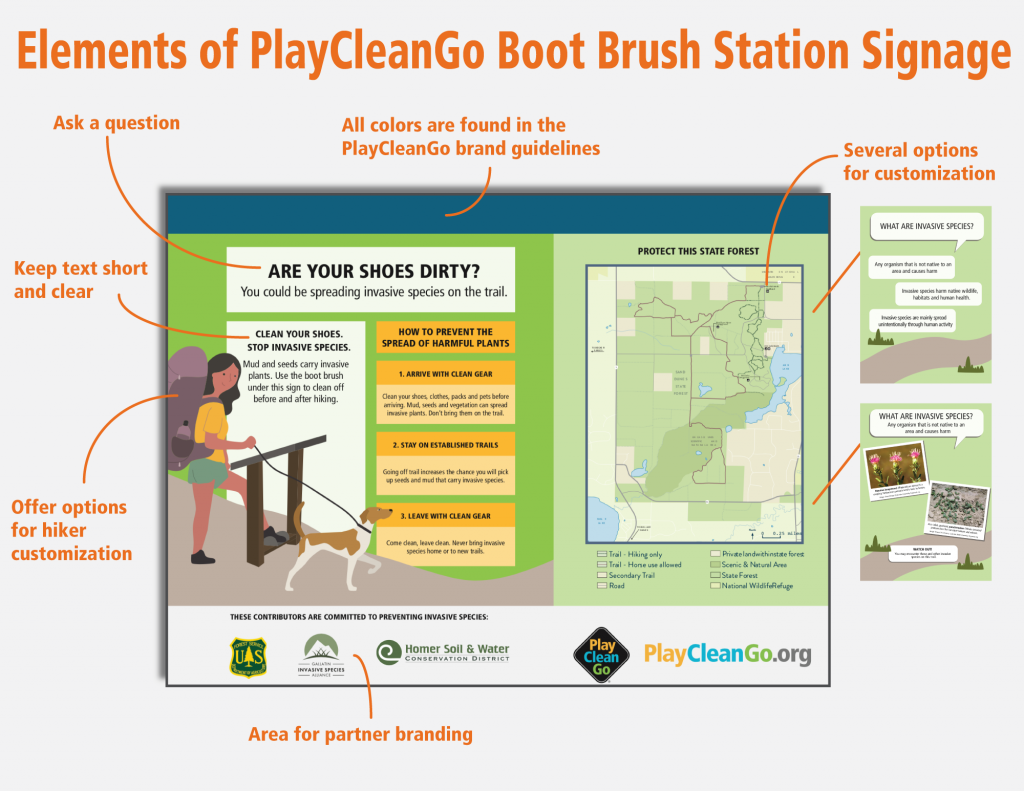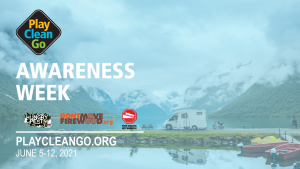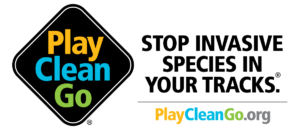When Krista Lutzke (PlayCleanGo program manager) and I set out to redesign the signage for PlayCleanGo’s Boot Brush Stations, we had a few goals in mind. The sign needed to:
- reflect the PlayCleanGo brand guidelines.
- have an updated visual design to align with the clean, fun imagery we’ve been producing.
- most importantly, get hikers to read the sign, and then use the boot brushes!
This last point is the most difficult goal to chase, but also the most rewarding. The foundation of the PlayCleanGo program is driving behavioral change among recreationists. Boot brush stations are a key part of that mission, as the stations provide an easy-to-use tool to overcome the hurdle of inaction

In order to create a sign that people would actually read, we enlisted the help of Forest Eidbo, Minnesota Department of Natural Resources. Forest studied the efficacy of informational signage while obtaining his Masters degree in natural resource science and management. Forest helped guide our process in several ways and helped us make changes based in research and field application. After drafting, the new designs were thoroughly vetted by our PlayCleanGo committee.
Here are a few of the changes we made so that people would read our signs:

- Reduce the number of words – doing so raises comprehension and invites the hiker to stop for a quick glance rather than overwhelming them with too much information.
- Use clear, simple language – we rewrote the sign with the casual recreationist in mind. Jargon, scientific language and complex concepts aren’t appropriate for this type of signage.
- Ask a question – the heading of our sign reads “are your shoes clean?” Asking a question pulls the reader in and invites them to keep reading. Most importantly, we want people to look at their shoes as they approach the sign!
- Avoid jokes and/or figures of speech – we had previously used “give invasive species the brush off” on our signs. While puns are cute and fun, they can be lost on non-native English speakers. We wanted these signs to be informative and welcoming to anyone who encounters them, so we chose more direct language for the new design. This same line of thinking applies to most humor—it’s probably best to leave it out.
- Use just a few colors – we knew we wanted to change the colors of the signs to look more like PlayCleanGo. Our old signs looked like traditional trail signage, but they lacked the bright colors that make our brand stand out. We used just 2-3 main colors to keep the reader’s attention. A dark color at the top grounds the sign, and gradients add variety without introducing more colors and the colors pass the AA and AAA disabilities test.
- Strive for inclusion – we created this sign with customization in mind. We know that each natural area is different and these signs will be used by many people. We created a set of cartoon boot brush users so that our partners can choose the one right for them. We currently have four options: a black woman, a black man, a white man and son, and a white woman with a dog. We hope to add more options in the future and welcome feedback from our partners for the types of illustrations that might resonate with their trail users.
- Even more customization – In addition to the cartoon characters, we created the sign so that the right side of the panel can be customized. Partners can choose from three options:
- an info panel that says “what are invasive species?”
- inserting a map
- listing a couple invasive species hikers may see on the trail
Partners can also add their logo to the sign, and we’ve even created a version to recognize corporate sponsors.
We hope you enjoyed learning about the reasons behind our new boot brush kiosk sign! If you’d like to hear more from Forest about writing for trail signs, you can watch his webinar here (members only). If you have feedback on the sign or any questions, please leave a comment below. We’d love to hear from you!

Kim Kelly
Kim Kelly manages NAISMA’s memberships and organization partnerships. Kim is a writer, publisher and designer. She has more than a decade of experience in nonprofit communications and earned ASAE’s Certified Association Executive credential (CAE).




